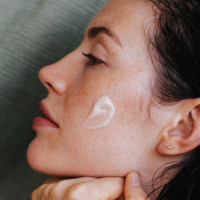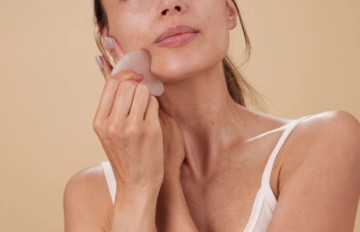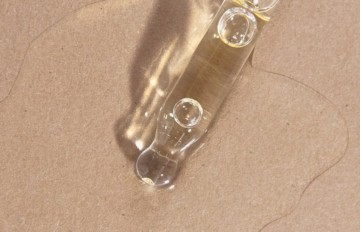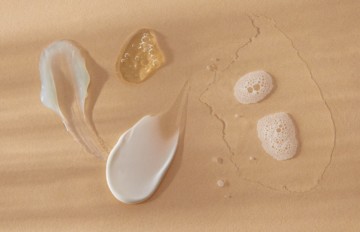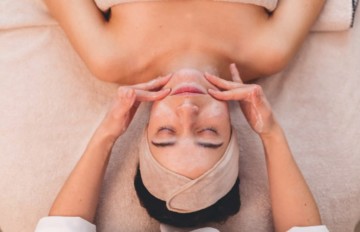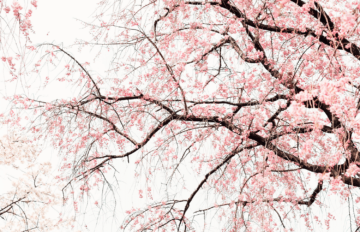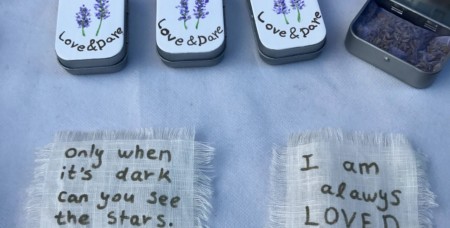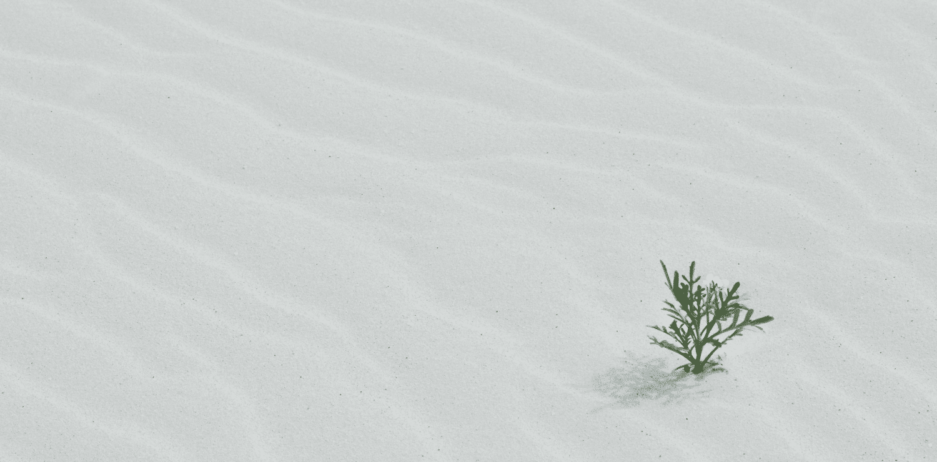
Beautiful ways to take care of the planet – Ch 1 : Water
Chances are, if you read my articles on Beauty Therapy, you already know the hummingbird parable. It highlights two notions that must also be familiar to you: the fundamental importance of taking small steps and “doing your part”. The climate change represents a gigantic challenge to which we must all commit to do better, less, more, differently (depending on the case, of course ;-). I will gather in this series “Beautiful ways to take care of the planet” plenty of small actions, not expensive and effortless, just to bring us a little more awareness and the desire – or at least the acceptance – to change some of our habits.
Chapter 1 : Water
We know that it’s even more essential to us than food, that without it there would be no life, that it is already – and will increasingly be – a strategic issue. For us, (urban/peri-urban Westerners), it is simply at the end of the tap, so easily accessible. We would obviously be more moderate in our behavior if we considered it for what it is: blue gold. We should think more often of those women who walk for miles to bring back to the village just a can of it.
I prepared for you a list of small inspiring ways to test, adopt and share around you!
1. Check all the taps in your house and repair the ones dripping
It’s hard to believe but a dripping tap is 100 liters of water lost every day, and a flush is 600 liters (the average consumption of a family of 4 people) … a pure waste, ecological and economical. Changing a gasket is easy and within everyone’s reach.
2. Become a professional tap handler
- Prefer thermostatic mixer taps that instantly deliver the right temperature (15% water savings compared to conventional taps). If you don’t have one, keep a container under the tap to save the water flowing while waiting for the right temperature. You will be able to use it later for cooking, drinking, or for your plants.
- Turn off the taps when brushing your teeth, washing (yes it’s true … you’ll be a little cold for a second ;-), shaving…
- Install an eco-aerator on your shower and kitchen tap … it will inject air bubbles to give the impression of having a higher water flow while saving 30 to 40% water.
- Remember that a dishwasher (even with a full load) uses much less water than washing your dishes by hand. If you don’t have a dishwasher, try to use two tubs (or one tub and one basin) and stop the water while washing the dishes. Here again, if your rinsing water is not too dirty, it can have a second life… you can use it to clean the floor for example.
- In the kitchen, my best advice – and I take it from the book of one of our Beauty Activists Ôna Maioco, is to use a trickle of water. To rinse vegetables, utensils etc. a trickle of water is enough (I’m not talking about doing all the dishes, of course). I even think that the manufacturers should think about “notching” the taps so that in the first place we only have a trickle; I’m sure that we would all make considerable savings!
3. Shower, my dear shower

Not really a great novelty: the bath/shower match is a losing battle…still, you should not take 20mn showers! 5 to 7 mn is a reasonable duration, only once a day, unless you have done some very dirty work. We tend to wash ourselves too much and too often. In the city, with a sedentary job, hygiene could be reduced to a simple daily washing of a few sensitive areas (face – hands – underarms – sex and buttocks – feet) to only wash 3 times a week the whole body. As for the pleasure of taking a bath, make it a real rare therapeutic pleasure – with Oils, hydrolats, milk, skincare, oats or clay… a true moment of happiness!
4. Flush
Install a double flush mechanism or just pour a bottle of water in the tank to reduce the amount of water used. Then, it’s often your family “culture” – some people think that not every visit to the toilet is worth flushing, others look horrified at the very thought of this suggestion. Unfortunately, dry toilets in the city are not for now!
5. Special tips for balcony gardeners (and all other garderners)
Preferably plant local species that will be better adapted to your climate (temperature and humidity), and choose perennials that will be more resistant over the years. Prepare their soil (organic matter, drainage, compost) and possibly double the inside of the pots to protect them from cold and dehydration. Balcony cultivation is more complicated because the plants are a little “out of their eco-system”. Drip watering devices are ideal because they are adjustable and deliver the right quantity each time. Of course, water when the air is cool, in the morning or after dark and remember that it is better to water less than too much and that being a bit sparing on watering allows the plant to develop its root system deep down – not on the surface – making it more resilient.
It’s also sometimes possible to recover water from gutters; or the water from cooking vegetables which, once cooled, will make a perfect remineralizing and nutritious broth for your potted plants.
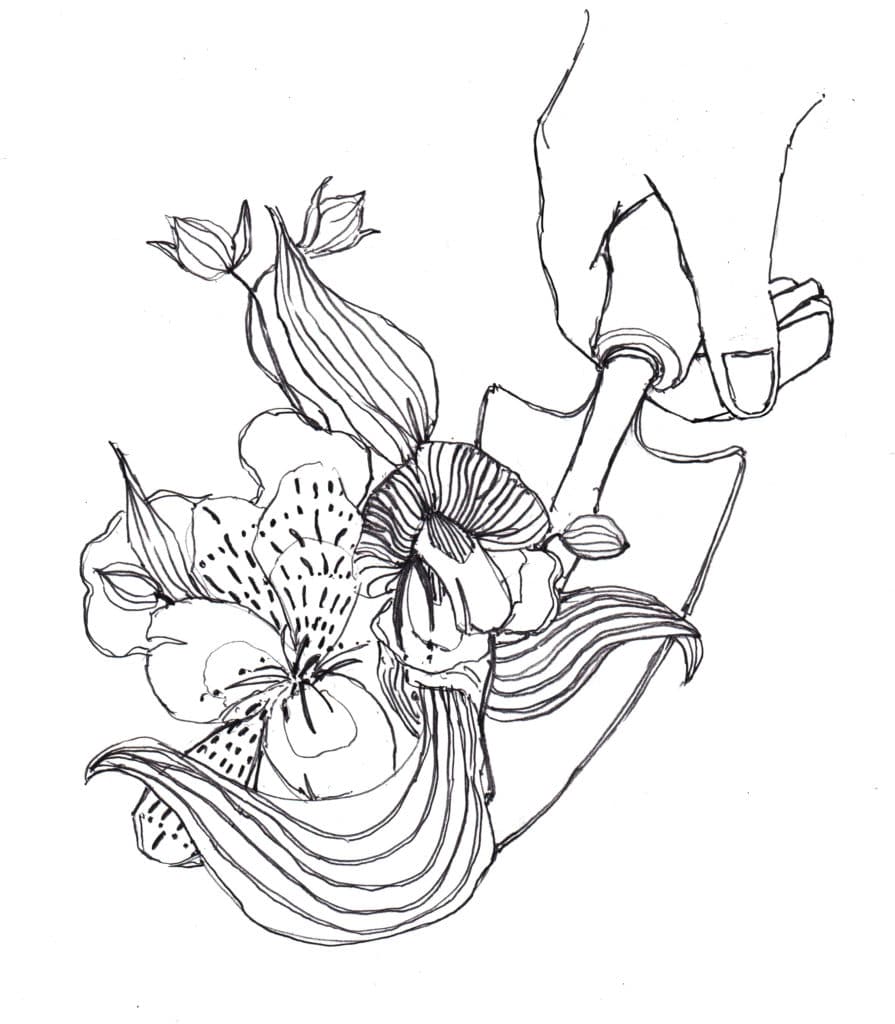
6. Washing
Like for our bodies, we wash our clothes far too often. We rarely wait until they are dirty – stained or too impregnated with our body odor – to put them in the washing machine. Not only does a washing machine consume a lot of water, but it also discharges microparticles of plastic and fibers into the wastewater that goes right to the sewage treatment plants. Not to mention that washing clothes wears them out…and thus eventually shortens their lifespan. Not very ecologic-economical friendly ;-). So try to reduce the number of washes (it’s a REAL subject with teenagers for example), only start the washing machine when it’s at full load, with an organic detergent, or you can even do your laundry yourself.
7. Drinking
Tap water of course … but treated by your own gentle care! At least by decanting it and waiting for the chlorine to evaporate. Much better, we can opt for the Binchotan, this small piece of activated carbon from the ubamegashi oak wood which will retain the micro-particles, or its “cousin” the Takesumi, this bamboo carbon which is known to filter 3 to 4 times more air and water pollutants than a conventional activated carbon. Its adsorption surface of 3000m2/gram makes it a real depollutant. Adding to that, Takesumi contains many potassium, calcium and acid minerals and in 2004, a study conducted by the forestry division of Kagoshima (Japan) showed that the PH of water purified with Takesumi changes from acid to alkaline.
You can also entrust your water to ceramic pearls. If you have a big family and/or are ready to invest: a reverse osmosis system is close to perfection (which would reside in pure spring water that would gush out at the bottom of your garden ;-)). You can also improve the water and its taste by adding a few plants like: Verbena, Calendula, Thyme, Rosemary, Mint, Basil, Tarragon … a simple stem slipped into your carafe for a few hours and you will have a thirst-quenching and therapeutic drink.
